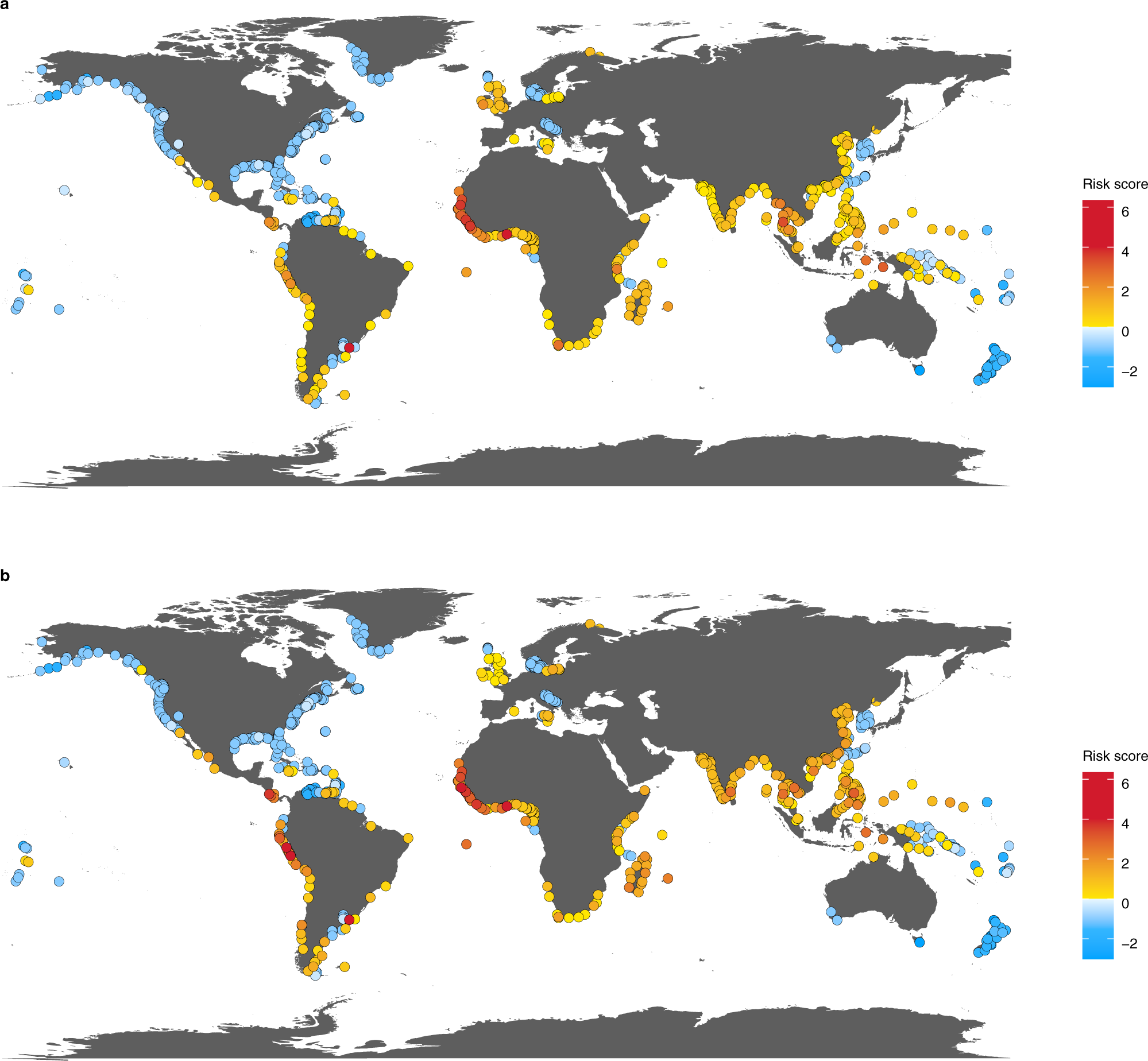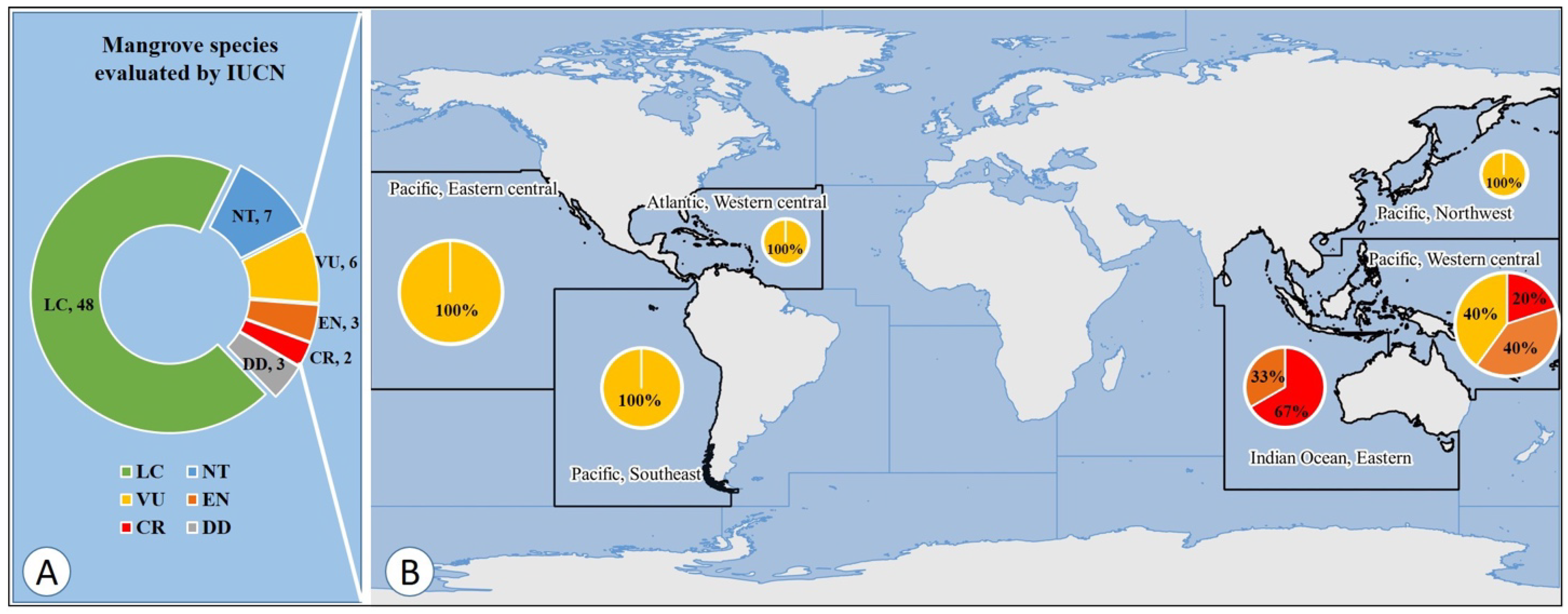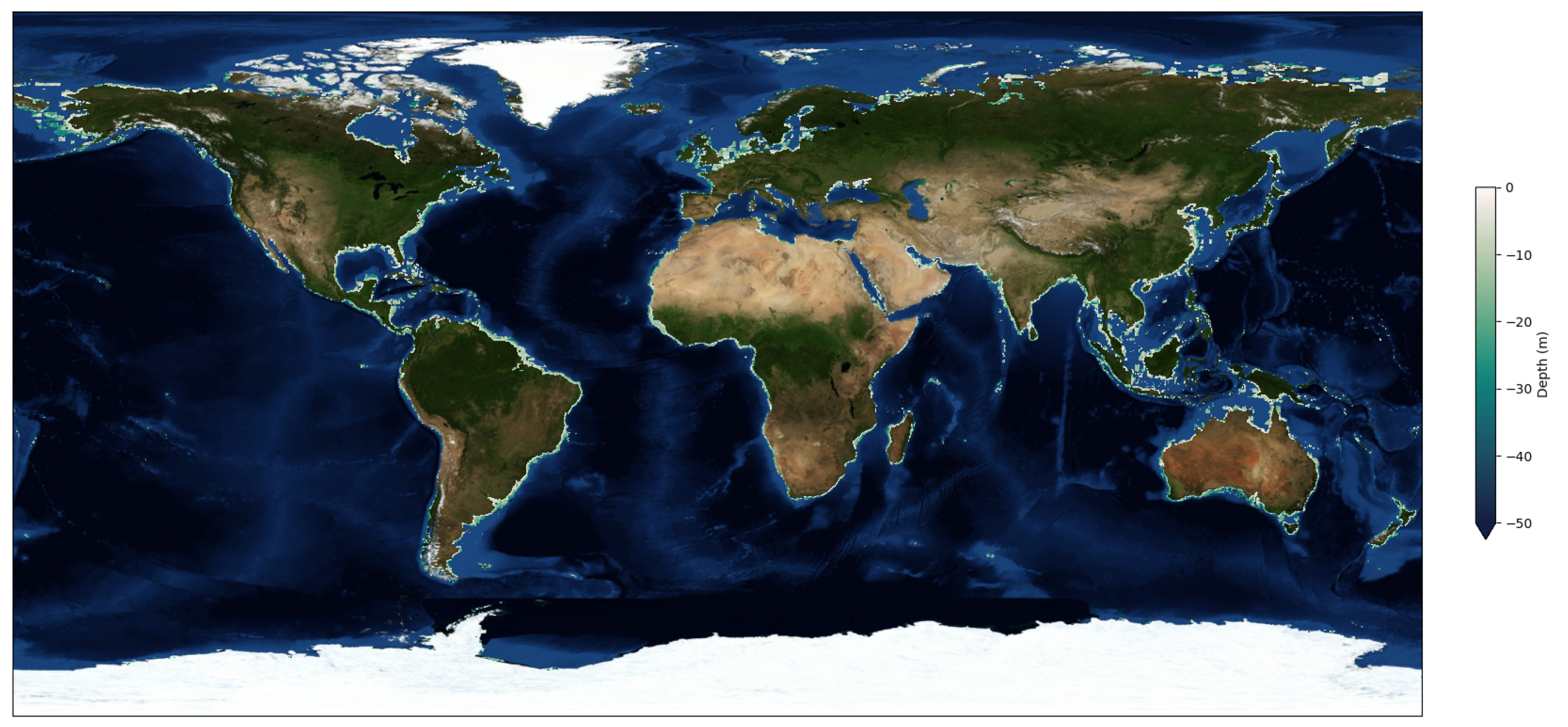Every night across the worlds oceans numerous marine animals arrive at the surface of the ocean to feed on plankton after an upward migration of hundreds of metres. Click here for archived data.

Revealing Global Risks Of Labor Abuse And Illegal Unreported And Unregulated Fishing Nature Communications
A study published in the December 12 th issue of Nature reports on the use of satellite-borne lidar to map the daily vertical migration of zooplankton across the worlds seas over the course of a decade.

. Download this share file about Daily vertical migration of marine animals observed by global satellites from Eduzhais vast library of public domain share files. Every night across the worlds oceans. Defining causes of mangrove loss.
4 CALIOP-based estimates of vertically migrating animal biomass DVMCALIOP and temporal changes. Horizontal and vertical lines indicate 1 sd. Human activities such as shoreline.
Read the full review for this Faculty Opinions recommended article. 12 issue of Nature reports on the use of satellite-borne lidar to map the daily vertical migration of zooplankton across the worlds seas over the. Hostetler5 Philippe Tortell410 Scott C.
Every night across the worlds oceans numerous marine animals arrive at the surface of the ocean to feed on plankton after an upward migration of hundreds of metres. Download and reference Global Satellite-observed Daily Vertical Migrations Of Ocean Animals by on Citationsy Online citations reference lists and bibliographies. Just before sunrise this migration is reversed and the animals return to their daytime residence.
Behrenfeld1 Peter Gaube2 Alice Della Penna23 Robert T. Observations from a satellite-mounted light-detection-and-ranging lidar instrument are used to describe global distributions of an optical signal from DVM animals that arrive in the surface ocean at night revealing that these animals generally constitute a greater fraction of total plankton abundance in the clear subtropical gyres. They prevent erosion and serve as an important habitat for many species.
This vast animal migration the largest on the planet and a critical part of Earths climate system has been observed globally for the first time thanks to an unexpected use of a space-based lase. Every night across the worlds oceans numerous marine animals arrive at the surface of the ocean to feed on plankton after an upward migration of hundreds of metres. Global satellite-observed daily vertical migrations of ocean animals.
Just before sunrise this migration is reversed and the animals return to their daytime residence in the dark mesopelagic zone at a depth of 2001000 m. Behrenfeld Peter Gaube Alice Penna Robert T. These data were used in the Nature paper by Behrenfeld et al 2019.
This daily excursion referred to as diel vertical. Just before sunrise this migration is reversed and the animals return to their daytime residence in the dark mesopelagic zone at a depth. 23 The purpose of the work is to calculate the evolutionarily stable strategy of zooplankton diel vertical migrations from known data of the environment using.
Behrenfeld M J Gaube P Della Penna A OMalley R T Burt W J Hu Y Bontempi P S Steinberg D K Boss E S Siegel D A Hostetler C A Tortell P D and Doney S C 2019. 5 Burt4 Yongxiang Hu5 Paula Bontempi6 Deborah K. 6 Siegel9 Chris A.
Satellite-derived analysis of daily vertical migrations of ocean animals shows that the relative abundance and total biomass of these animals differ between different regions globally depending on the availability of food and necessity to avoid predators. On April 12th 2020 F1000Prime became Faculty Opinions. Click here to find out more.
This vast animal migrationa critical part of Earths carbon cyclehas been observed for the first time on a global scale thanks to a space-based laser. Burt Yongxiang Hu Paula S. This daily excursion referred to as diel vertical.
Global satellite-observed daily vertical migrations of ocean animals Nature 576 257261. A Annual mean DVMCALIOP g dry weight m2. 1 1 Satellite-observed daily vertical migrations of global ocean 2 animals 3 4 Michael J.
Global satellite-observed daily vertical migrations of ocean animals. Every night across the worlds oceans numerous marine animals arrive at the surface of the ocean to feed on plankton after an upward migration of hundreds of metres. Nature 576 7786 257.
Global satellite-observed daily vertical migrations of ocean animals. Every night under the cover of darkness countless small sea creatures from squid to krill swim from the ocean depths to near the surface to feed. Lidar is the laser equivalent of sonar using pulses of light rather than sound to image objects in the air and water.
Global satellite-observed daily vertical migrations of ocean animals. Mangroves are small trees or shrubs that grow along coastal shorelines. A study published in the Dec.
Tortell and Scott C. You are seeing a free-to-access but limited selection of the activity Altmetric has collected about this research output. Global satellite-observed daily vertical migrations of ocean animals Nature vol.
Global satellite-observed daily vertical migrations of ocean animals. The phenomenon is known as diel vertical migration DVM. Doney Additional contact information Michael J.
For annual values between 2008 and 2017 n 111 months per - Global satellite-observed daily vertical migrations of ocean animals Fig. Just before sunrise this migration is reversed and the animals return to their daytime residence in the dark mesopelagic zone at a depth of 200-1000 m.

Diversity And Ecological Footprint Of Global Ocean Rna Viruses

Sustainability Free Full Text Global Mangrove Deforestation And Its Interacting Social Ecological Drivers A Systematic Review And Synthesis

Remote Sensing Free Full Text Global Satellite Based Coastal Bathymetry From Waves Html

Sea Ice Decline Drives Biogeographical Shifts Of Key Calanus Species In The Central Arctic Ocean Ershova 2021 Global Change Biology Wiley Online Library

Particulate Backscattering In The Global Ocean A Comparison Of Independent Assessments Bisson 2021 Geophysical Research Letters Wiley Online Library

Dynamic Global Vegetation Models Springerlink

A Global View On Ocean Microplastics 2021 Wiley Analytical Science
![]()
Essd Revisiting Five Decades Of 234th Data A Comprehensive Global Oceanic Compilation
0 comments
Post a Comment